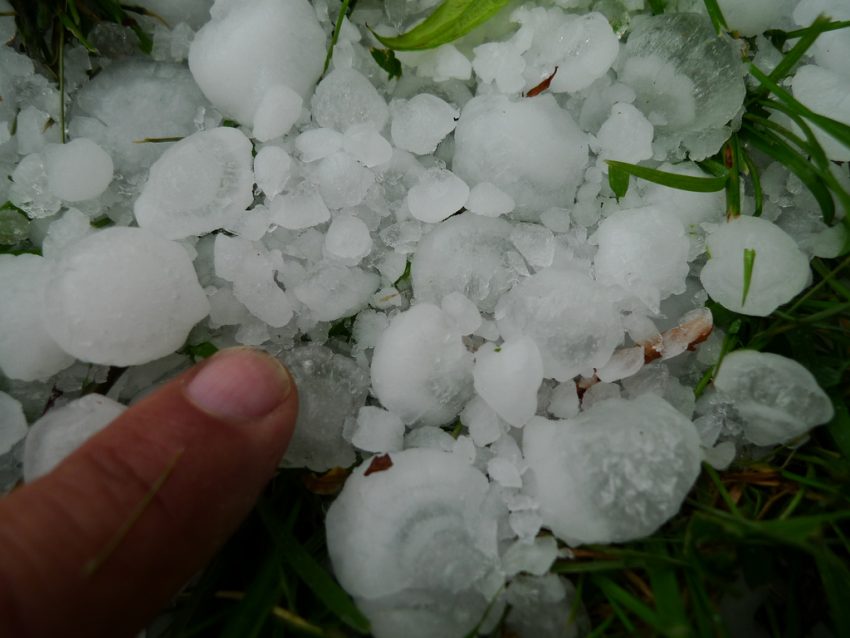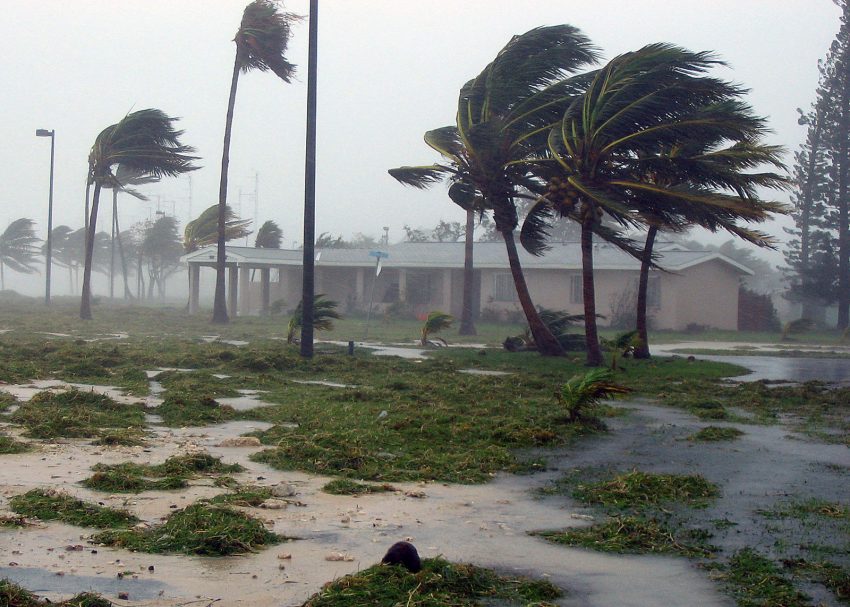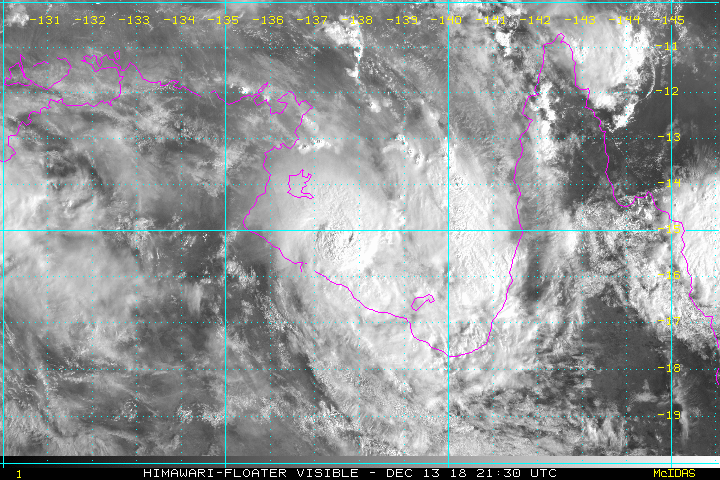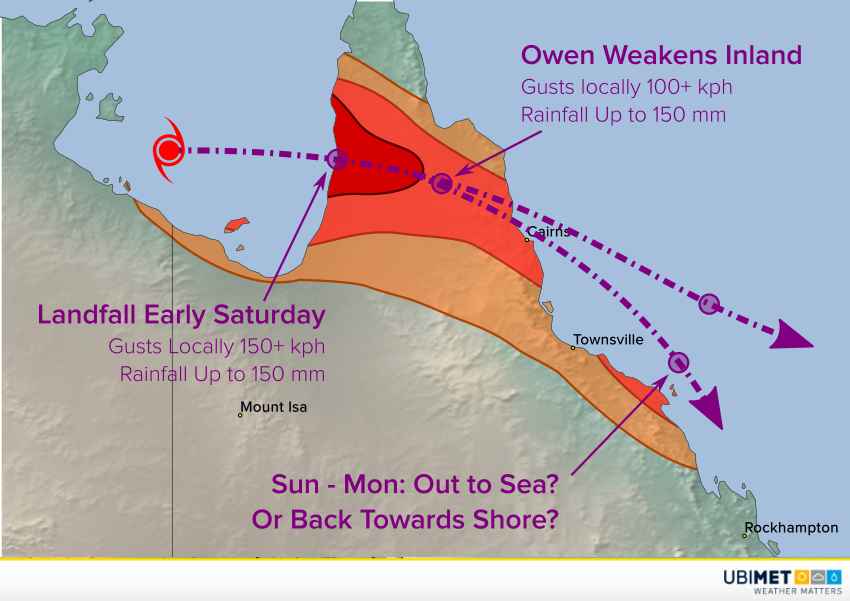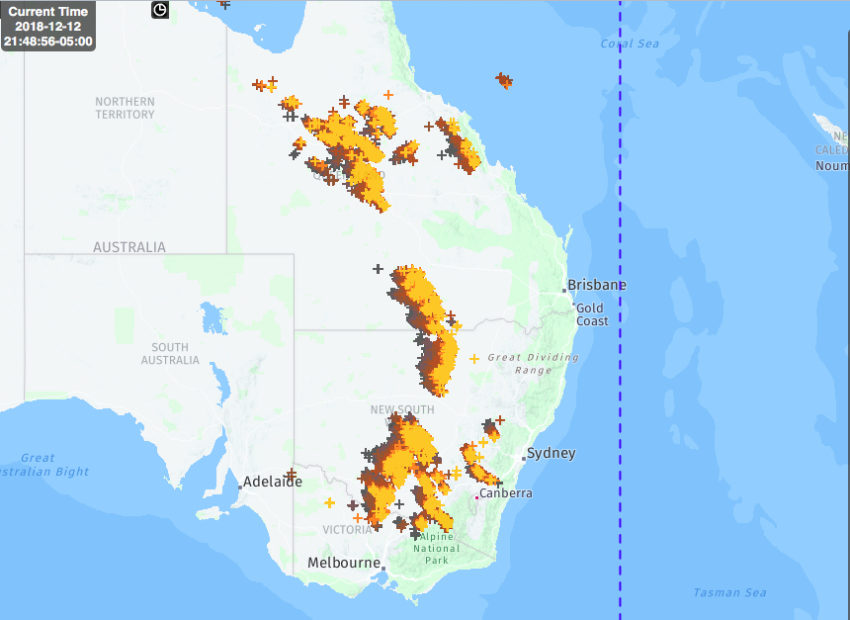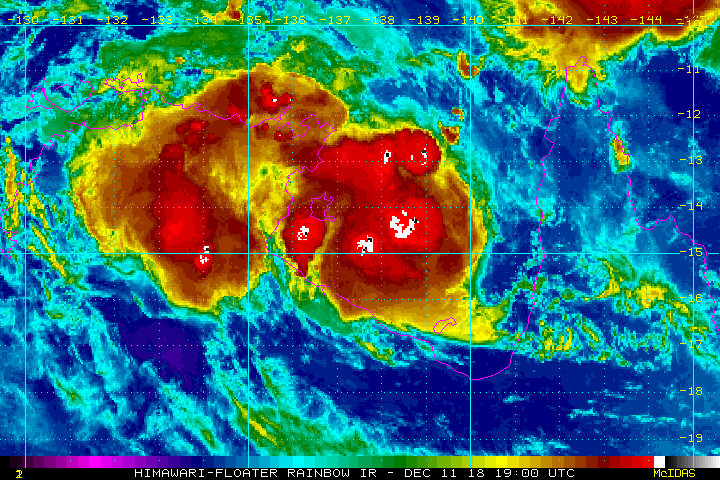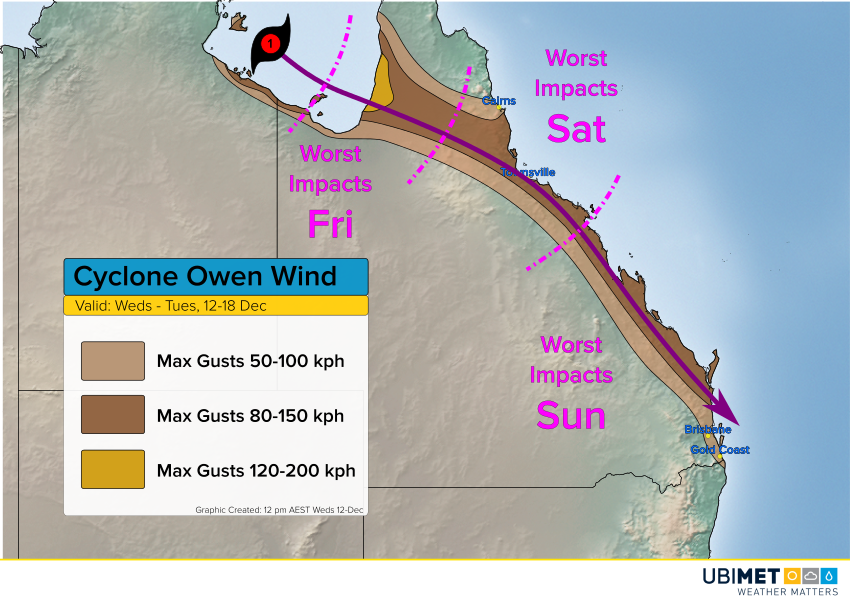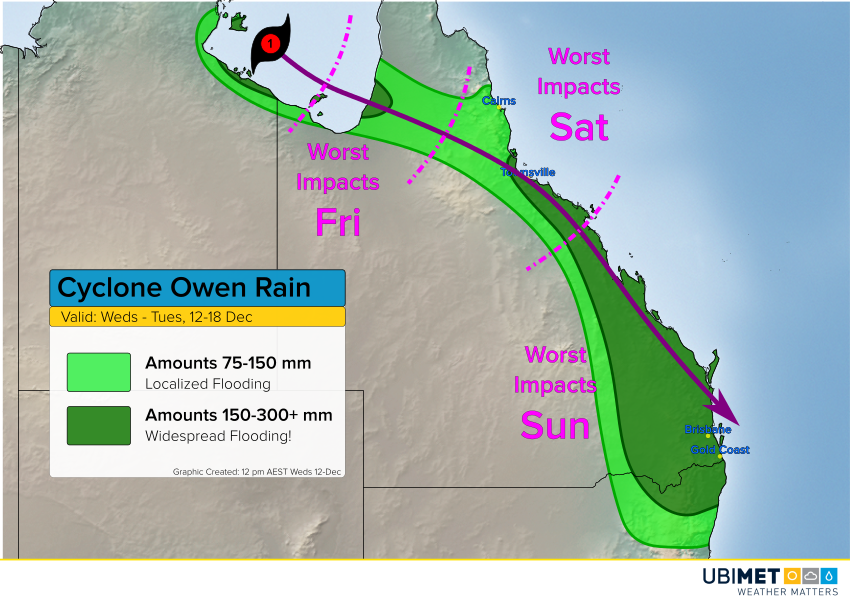Massive Hail Stones Slam Sydney Region!
A potent mix of high instability and strong upper level winds combined to produce severe thunderstorms from central into northeast New South Wales on Thursday afternoon and evening. These powerful boomers dropped hail up to 8 cm in diameter and larger along with high winds, leading to serious damage and thousands of power outages. It’s being called the worst hail storm in two decades for Sydney!
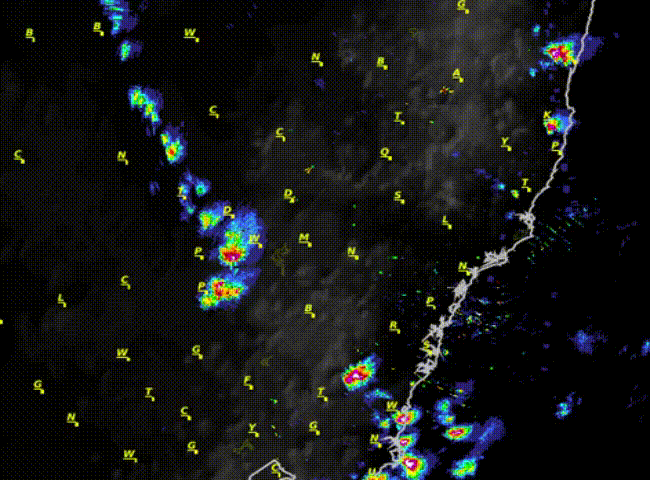
Several rounds of powerful storms moved across the Sydney metro between 4 pm and 8 pm AEDT. The radar animation above shows the intense cells. Radar echo reflectivity values were maxed out (the white spots in the center). There was also quite frequent cloud-to-ground lightning. Hailstones of 5-8 cm were reported in several areas, large enough to shatter windows and punch holes in roofs. Wind gusts of 110-140 kph knocked over trees and powerlines, resulting in tens of thousands of power outages. The storms are being compared to the infamous 1999 hail storm in Sydney that cost insurance carriers $1.7 billion in damage claims, the most expensive natural disaster in Australian history. Lead photo courtesy flickr user DM.
From smashed windscreens to flooded backyards, here’s a snapshot of the destruction caused by Sydney’s worst hail storm in two decades. #SydneyStormhttps://t.co/dlPGKf3X8s
— Twitter Moments Australia (@MomentsAU) December 20, 2018
Last night’s bizarre Sydney hail storm is being labelled a ‘catastrophe’ https://t.co/h7PbUdPe60
— Darren Allen (@dnallen91) December 20, 2018
These hailstones at #Wamberal near #Gosford are bigger than golf balls #SydneyStorm. @2GB873 pic.twitter.com/M8FLJs1xtp
— Emily O’Brien (@EmilyC_OBrien) December 20, 2018
